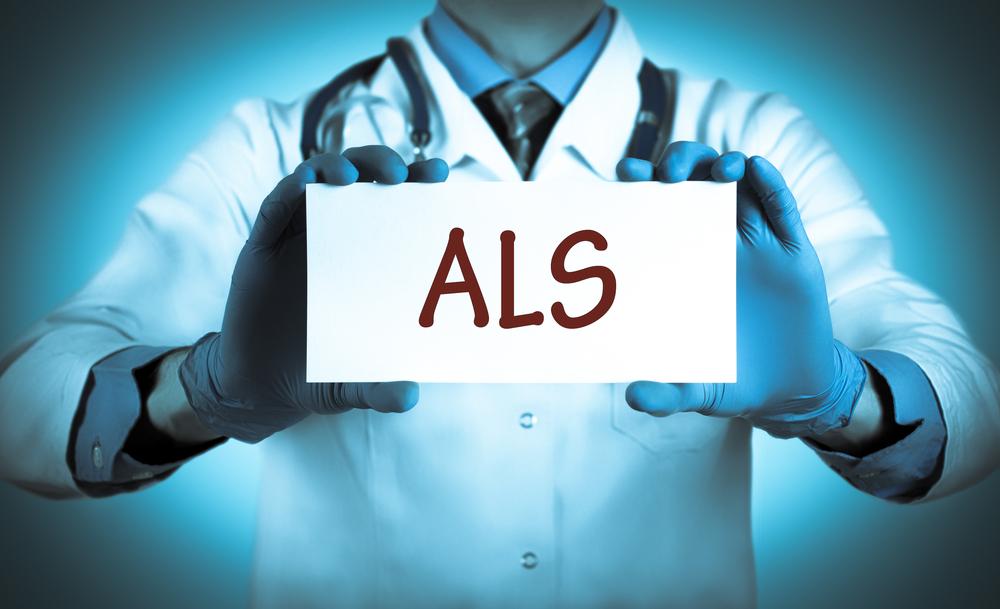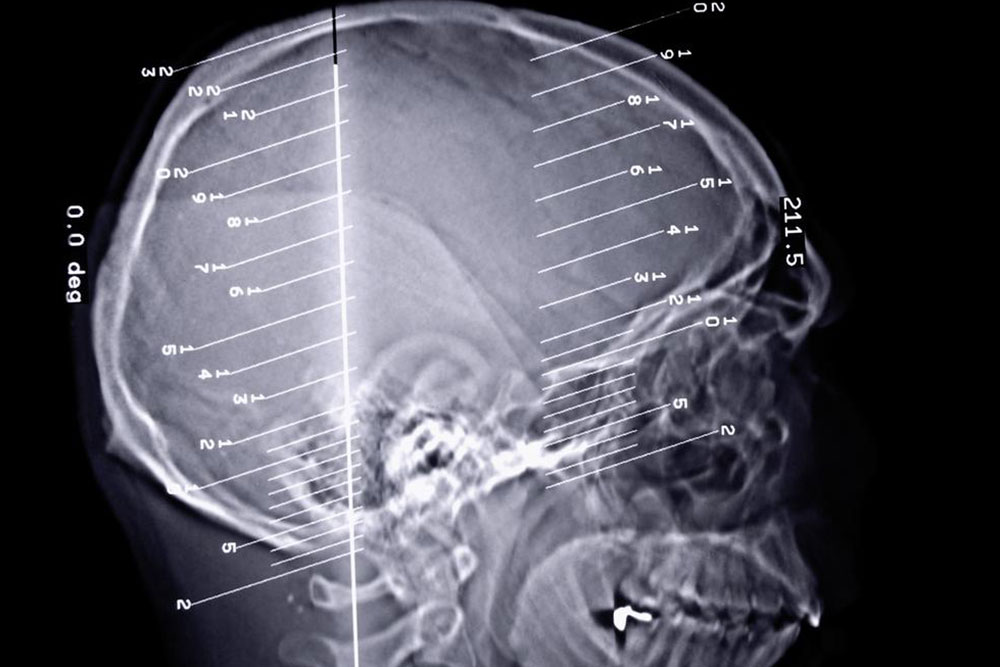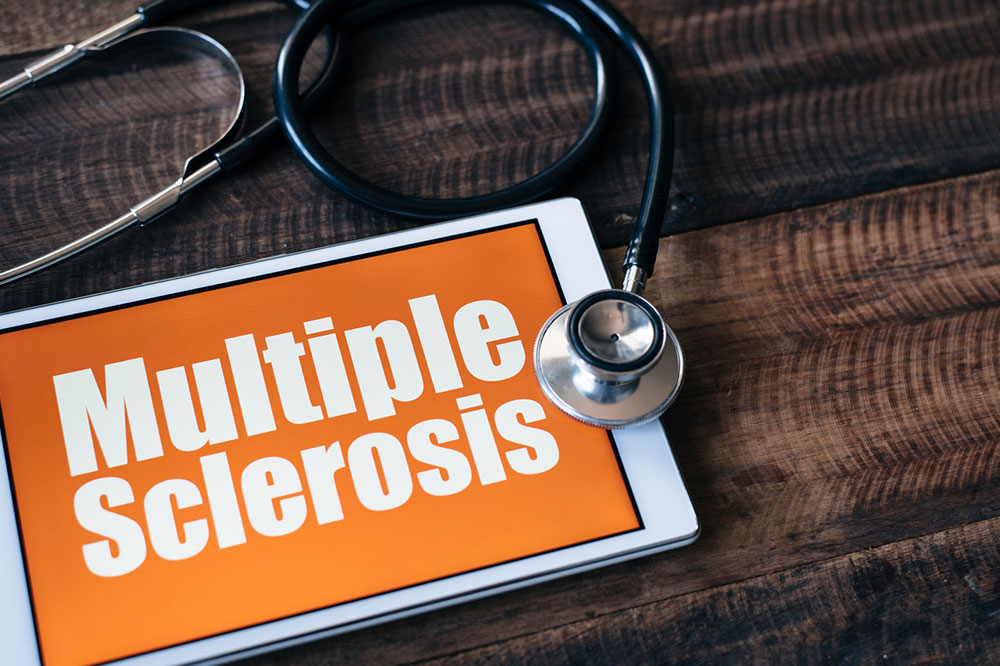Understanding ALS: Overview, Causes, and Types of Motor Neuron Disease
ALS, or amyotrophic lateral sclerosis, is a progressive neurodegenerative disease affecting voluntary muscles. This article offers an overview of ALS, its causes, and different types. It highlights the importance of support networks for patients and caregivers, emphasizing the impact of the disease on daily life. With insights into genetic and environmental factors, the piece aims to raise awareness and understanding of this serious condition. Whether you're seeking knowledge or support options, this guide provides essential information about ALS's progression, risk factors, and prognosis.

Understanding ALS: Overview, Causes, and Types of Motor Neuron Disease
Amyotrophic lateral sclerosis (ALS), commonly known as motor neuron disease, involves the degeneration of nerve cells responsible for voluntary muscle control. These motor neurons are located in the brain and spinal cord and are critical for everyday movements. As ALS advances, these neurons die, disrupting communication with muscles, leading to muscle weakening and wasting. Eventually, all voluntary muscles become affected, severely impacting a person's independence.
The condition often results in loss of muscle control over limbs, face, and speech. While some individuals live over a decade post-diagnosis, most survive three to five years after symptoms appear. ALS affects approximately 2-5 in every 100,000 people worldwide. Notably, physicist Stephen Hawking was diagnosed with ALS at a young age and defied expectations, living into his 70s as a renowned scientist.
Types of ALS
Sporadic ALS: This form is not inherited, accounting for roughly 90-95% of cases. It can affect anyone regardless of family history.
Familial ALS: This inherited type makes up about 5-10% of cases. Children of affected individuals have a 50% chance of developing ALS. Research is ongoing to identify specific genetic mutations involved.
Causes of ALS
Genetic mutations: Genetic alterations can lead to inherited ALS, though this is rare, comprising a small percentage of cases.
Chemical imbalances: Elevated levels of glutamate, a brain chemical messenger, can be toxic to nerve cells, contributing to ALS development.
Immune system dysfunction: An overactive immune response may attack nerve cells, causing their death.
Protein mishandling: Improper processing of proteins within nerve cells leads to accumulation of damaged proteins that destroy the neurons.
Understanding ALS's causes and types highlights the importance of support groups for patients and families, addressing emotional and financial challenges associated with the disease.
Disclaimer:
Our blog provides broad informational content across various topics. While our research aims to deliver accurate and useful insights, this content should not be considered definitive medical advice. Users are encouraged to consult healthcare professionals for diagnosis and treatment. The website is not responsible for data discrepancies or inaccuracies in external sources or for unlisted schemes or offers.









